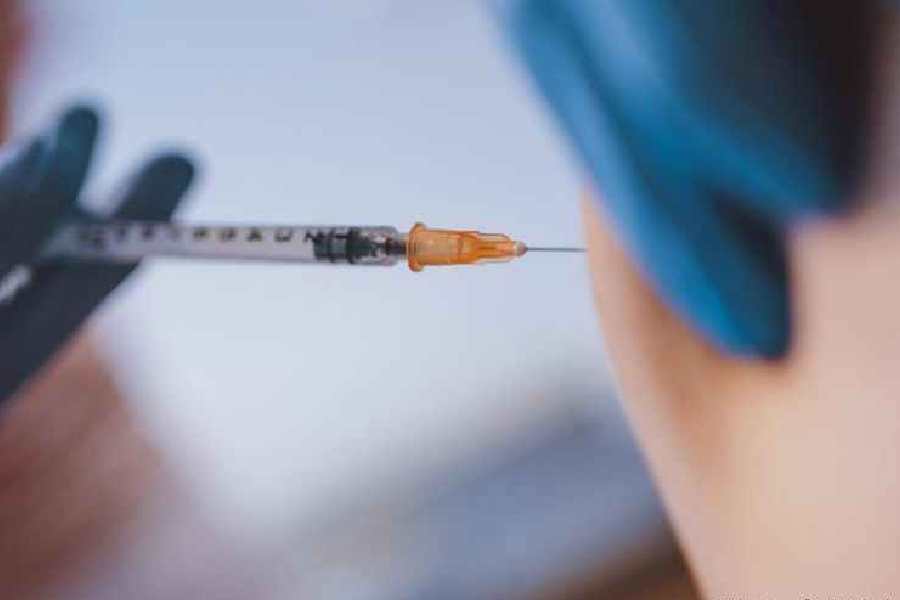According to the World Health Organization and UNICEF, India ranks second only to Nigeria in the number of children who received no vaccines in 2023: 1.6 million ‘zero-dose’ children in India missed out on the vaccine for diphtheria, pertussis, and tetanus. India also had the third-highest number of children without the measles vaccine. There is some debate on the data as the report assumes that children who do not receive the DPT vaccine consequently miss out on all future immunisation. Data from the Indian government and other independent studies show this to be untrue — many children who have not received the DPT vaccine, for example, have got the BCG antigen and the polio vaccine and, thus, are not ‘zero-dose’. But the Indian government’s rebuttal of the WHO-UNICEF report by claiming that 1.6 million children form a minuscule percentage of India’s vast population is unacceptable. It belies the promise of Mission Indradhanush, which was launched in 2014 to cover all unvaccinated or partially-vaccinated children in India. It must be admitted that child vaccination coverage in India has increased — the country did an especially stellar job of recovering from 27.3 lakh zero-dose children in 2020-2021 during the Covid-19 pandemic to 11 lakh zero-dose children in 2022. But persistent inequities in coverage on account of geography, socio-economic differentiation and other parameters demand urgent interventions.
The first step would be to conduct a nationwide independent field evaluation of the Universal Immunization Programme; this has not been done in two decades. Such an intervention could help identify why 16 lakh children in India remain unprotected or under-protected from various diseases for which vaccines exist. Policy imagination needs to be nimble too. Many zero-dose children belong to the migrant population; their parents are not around to get them immunised on time. Could there then be a case to hold vaccination drives during the festive season when migrants return home? Moreover, given the rise in extreme weather events, some children miss out on vaccines because health centres are inaccessible during heat waves and floods. A pilot project in Madhya Pradesh involving ASHA workers and the government’s U-Win portal has shown great results in reaching last-mile spots in spite of such adversities and can be replicated across India. Targeted campaigns to eradicate superstitions on vaccination must be spread wider.











